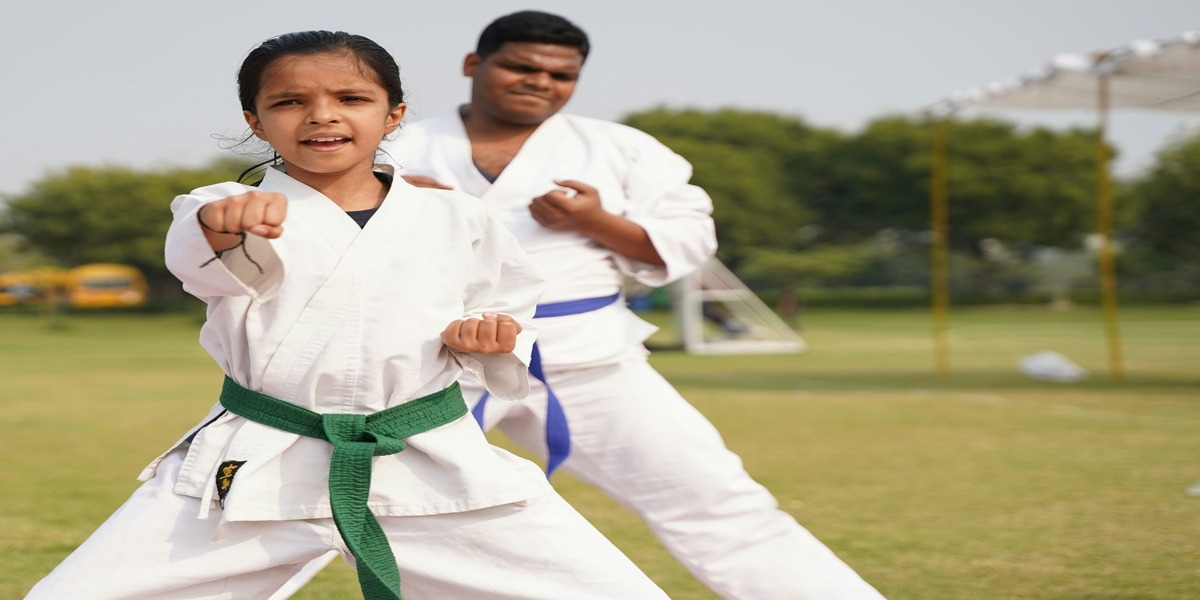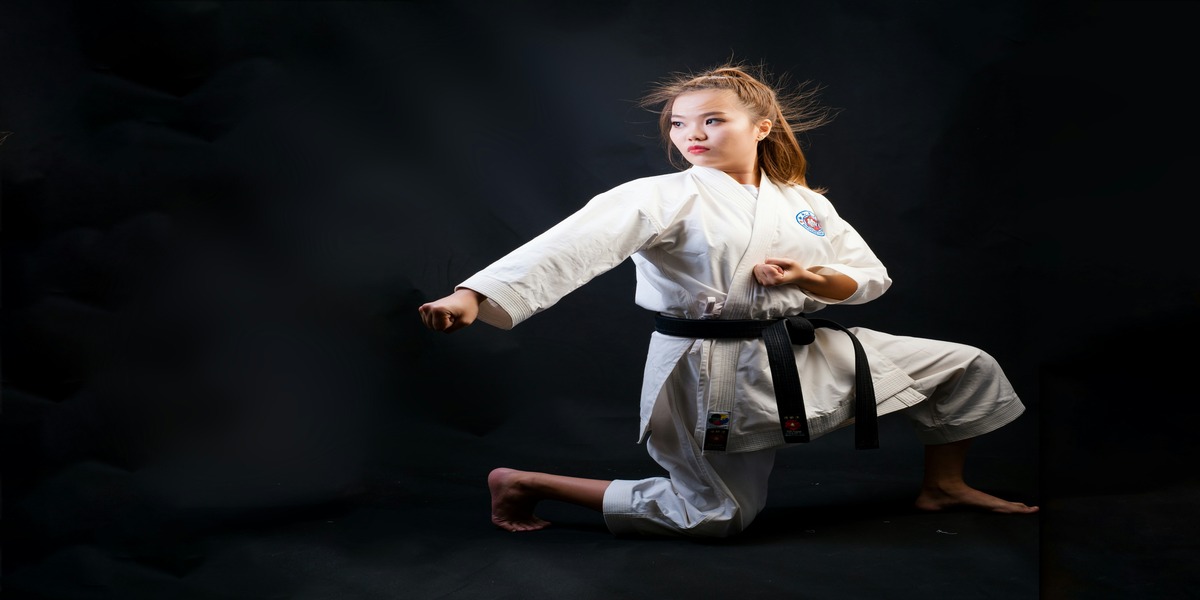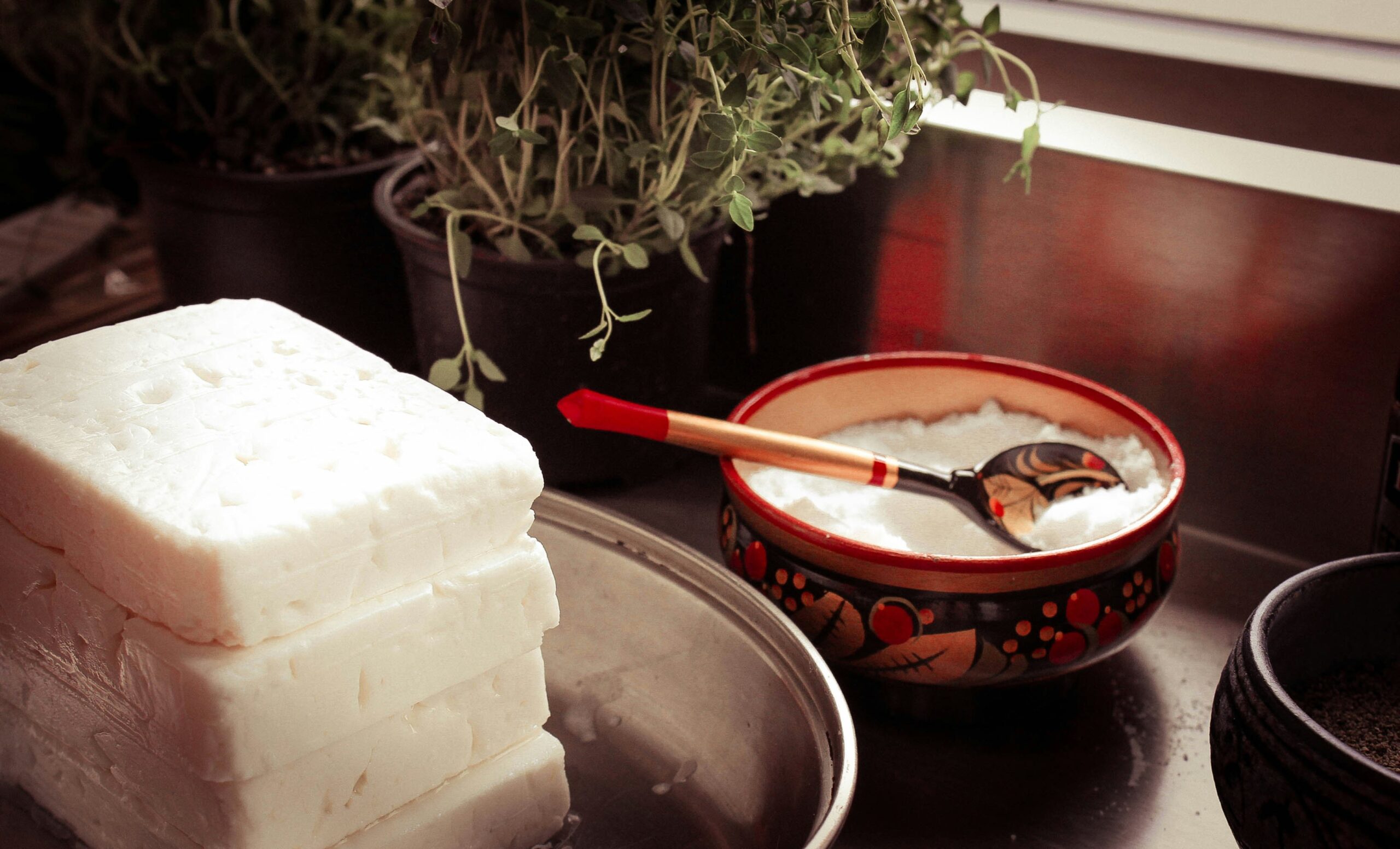Tekki Shodan, one of the key katas in traditional karate, holds a special place in the hearts of martial artists around the world. Understanding the history of Tekki Shodan provides valuable insights into its significance and evolution. This article delves into its origins, development, and relevance in modern karate, ensuring that both beginners and seasoned practitioners appreciate its depth.
Origins of Tekki Shodan
Tekki Shodan, known as “Iron Horse,” is believed to have been developed by the legendary karate master Gichin Funakoshi in the early 20th century. Funakoshi introduced karate to mainland Japan from Okinawa, where martial arts had deep cultural roots. The kata’s name reflects its emphasis on stable stances and strong movements, resembling a horse’s steadfastness.
Interestingly, Tekki Shodan is derived from the Shuri-te tradition of Okinawa. Many believe that it was influenced by the ancient Chinese martial arts, as Okinawa was a cultural crossroads. This kata showcases a blend of techniques designed to build foundational skills, emphasizing balance, power, and precision.

The Role of Master Gichin Funakoshi
Gichin Funakoshi, often hailed as the father of modern karate, played a pivotal role in shaping the kata’s curriculum. He recognized the importance of Tekki Shodan in teaching students the fundamental principles of karate. Funakoshi’s emphasis on kata not only preserved the art form but also transformed it into a systematic approach to training.
Throughout his life, Funakoshi taught various styles and katas, but Tekki Shodan remained a cornerstone of his teachings. He stressed that mastering this kata was essential for developing strong stances and enhancing martial spirit. As karate spread across Japan and later the world, Tekki Shodan became an integral part of many dojos.
The Evolution of Tekki Shodan
As karate gained popularity, different styles began to interpret Tekki Shodan in unique ways. The two main styles, Shotokan and Shito-ryu, adopted the kata but infused it with their distinct philosophies. For example, Shotokan practitioners emphasize powerful, long stances, while Shito-ryu incorporates faster movements and transitions.
Notable Variations
While the essence of Tekki Shodan remains consistent, its execution can vary significantly. Here are a few notable interpretations:
- Shotokan: Focuses on deep stances and strong kiai (spirit shout), enhancing power.
- Shito-ryu: Emphasizes fluidity and speed, allowing for quick transitions between techniques.
- Goju-ryu: Incorporates circular movements and softer techniques, focusing on breathing and rhythm.
Influential Practitioners
Several practitioners have made significant contributions to the kata’s development. Notably, Masatoshi Nakayama, a direct student of Funakoshi, helped popularize Tekki Shodan in the 20th century. His extensive writings and teachings solidified the kata’s place within karate’s framework.
Moreover, the late sensei Hirokazu Kanazawa brought a unique perspective to Tekki Shodan, emphasizing the importance of kata in practical applications. His teachings highlighted how Tekki Shodan can enhance self-defense skills and overall martial arts proficiency.
The Importance of Tekki Shodan in Karate Training
Tekki Shodan is more than just a series of movements; it serves several critical purposes in a martial artist’s training.
Building Fundamental Skills
One of the primary goals of practicing Tekki Shodan is to develop strong foundational skills. The kata emphasizes:
- Stance and Balance: Practitioners learn how to maintain a low, stable position, which is crucial in karate.
- Power Generation: The movements encourage the use of hip rotation, which maximizes power in strikes.
Mental and Spiritual Growth
Beyond physical training, Tekki Shodan promotes mental discipline and focus. Practitioners often experience:
- Enhanced Concentration: The repetitive nature of kata requires intense focus, fostering mental clarity.
- Resilience: Overcoming challenges in mastering Tekki Shodan can build mental strength.
Statistical Insights on Tekki Shodan’s Popularity
To illustrate Tekki Shodan’s significance, consider the following data:

This table highlights the global reach and impact of Tekki Shodan in the karate community. Its popularity demonstrates the kata’s foundational role across various styles.
Conclusion
The history of Tekki Shodan reflects the evolution of karate itself. From its roots in Okinawan martial arts to its adaptation across different styles, Tekki Shodan remains a vital part of karate training. By mastering this kata, practitioners not only develop essential skills but also connect with a rich heritage of martial arts.

FAQs about Tekki Shodan
- What does Tekki Shodan mean? Tekki Shodan translates to “Iron Horse First Level,” emphasizing strong stances and powerful techniques.
- Who created Tekki Shodan? Gichin Funakoshi, a pivotal figure in karate, developed Tekki Shodan in the early 20th century.
- Which styles teach Tekki Shodan? Most notably, Shotokan and Shito-ryu incorporate Tekki Shodan, each with their interpretations.
- Why is Tekki Shodan important? It builds fundamental skills like balance and power while enhancing mental focus and resilience.
- How many dojos teach Tekki Shodan? Approximately 75% of karate dojos worldwide include Tekki Shodan in their curriculum.
- Can Tekki Shodan help with self-defense? Yes, practicing Tekki Shodan enhances techniques and applications useful in self-defense scenarios.
By understanding the history of Tekki Shodan, practitioners can better appreciate its role in karate and its lasting impact on martial arts culture.











